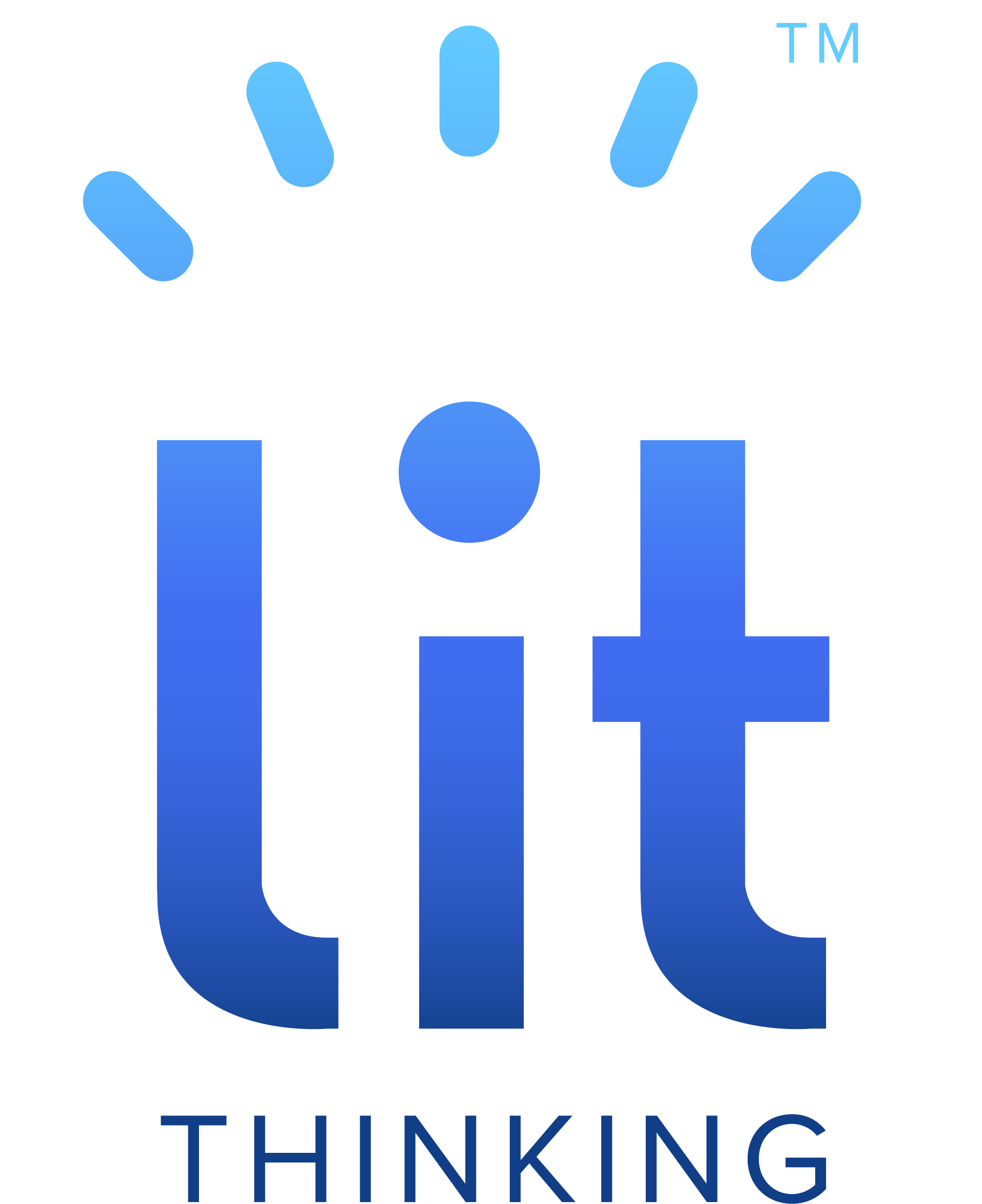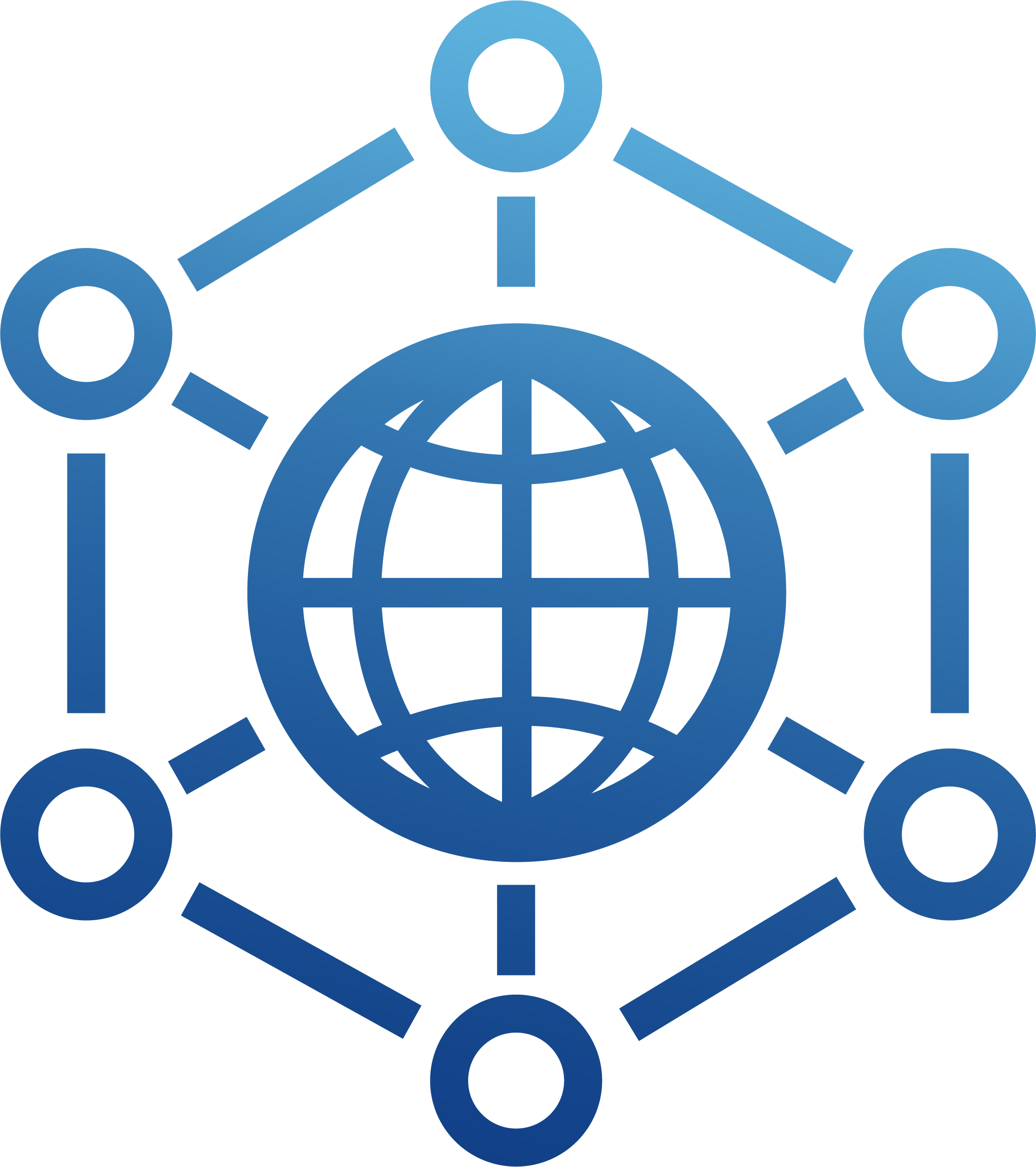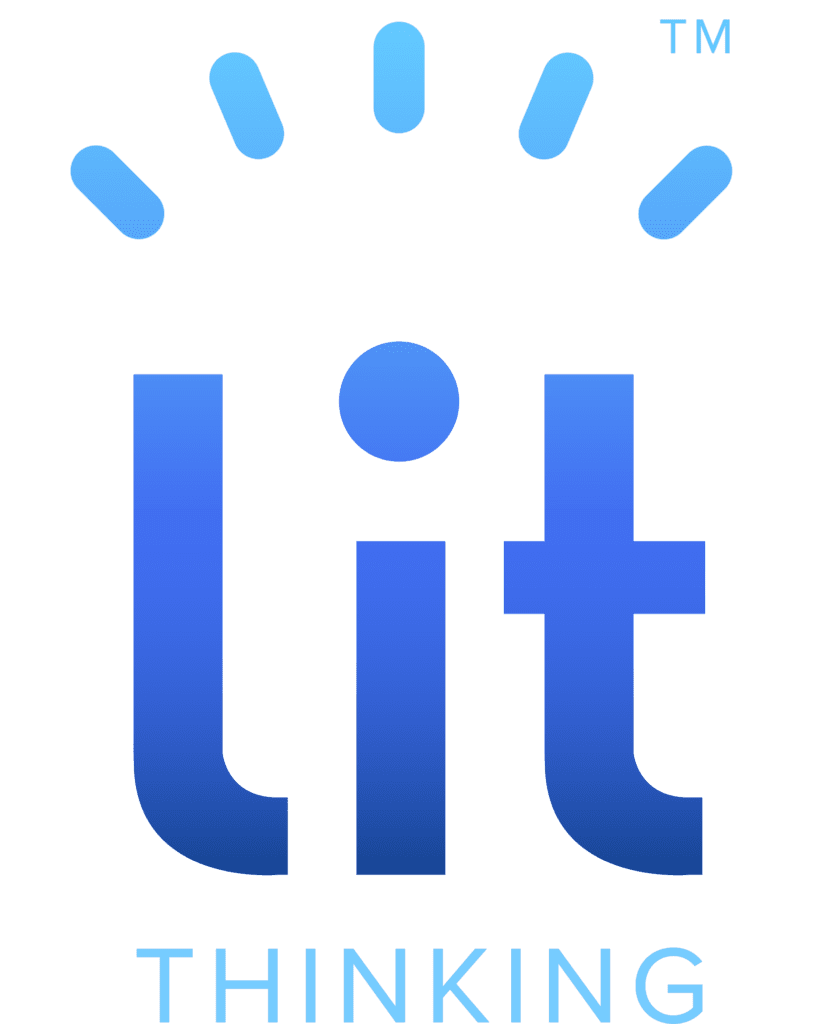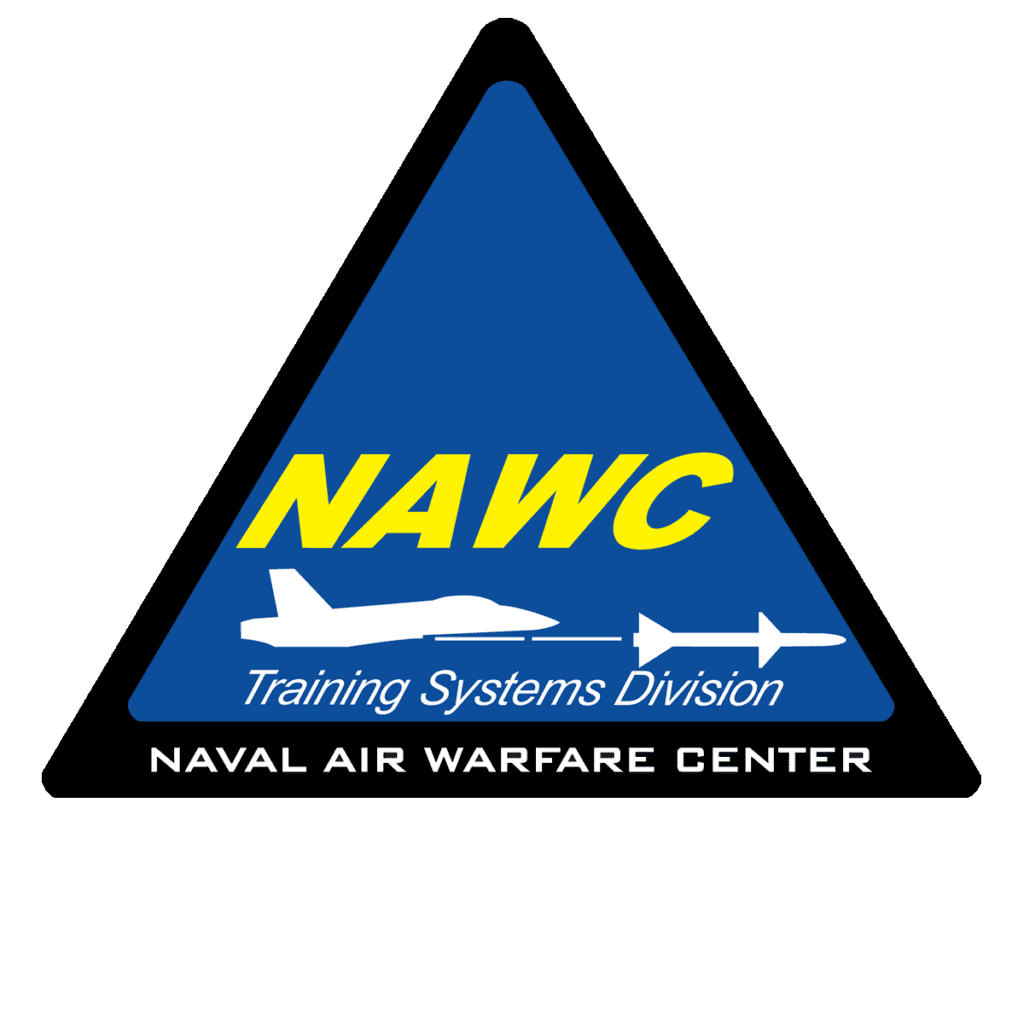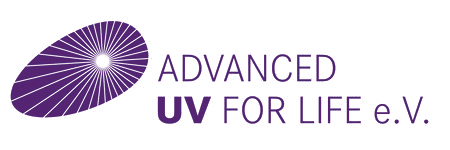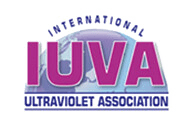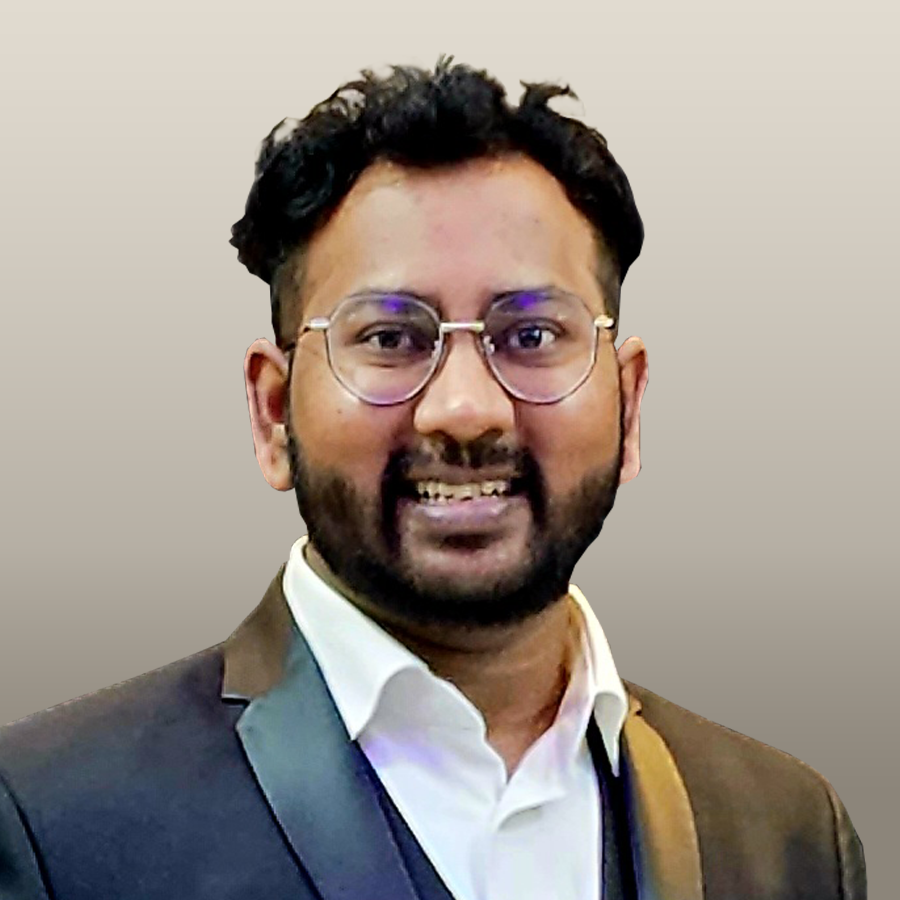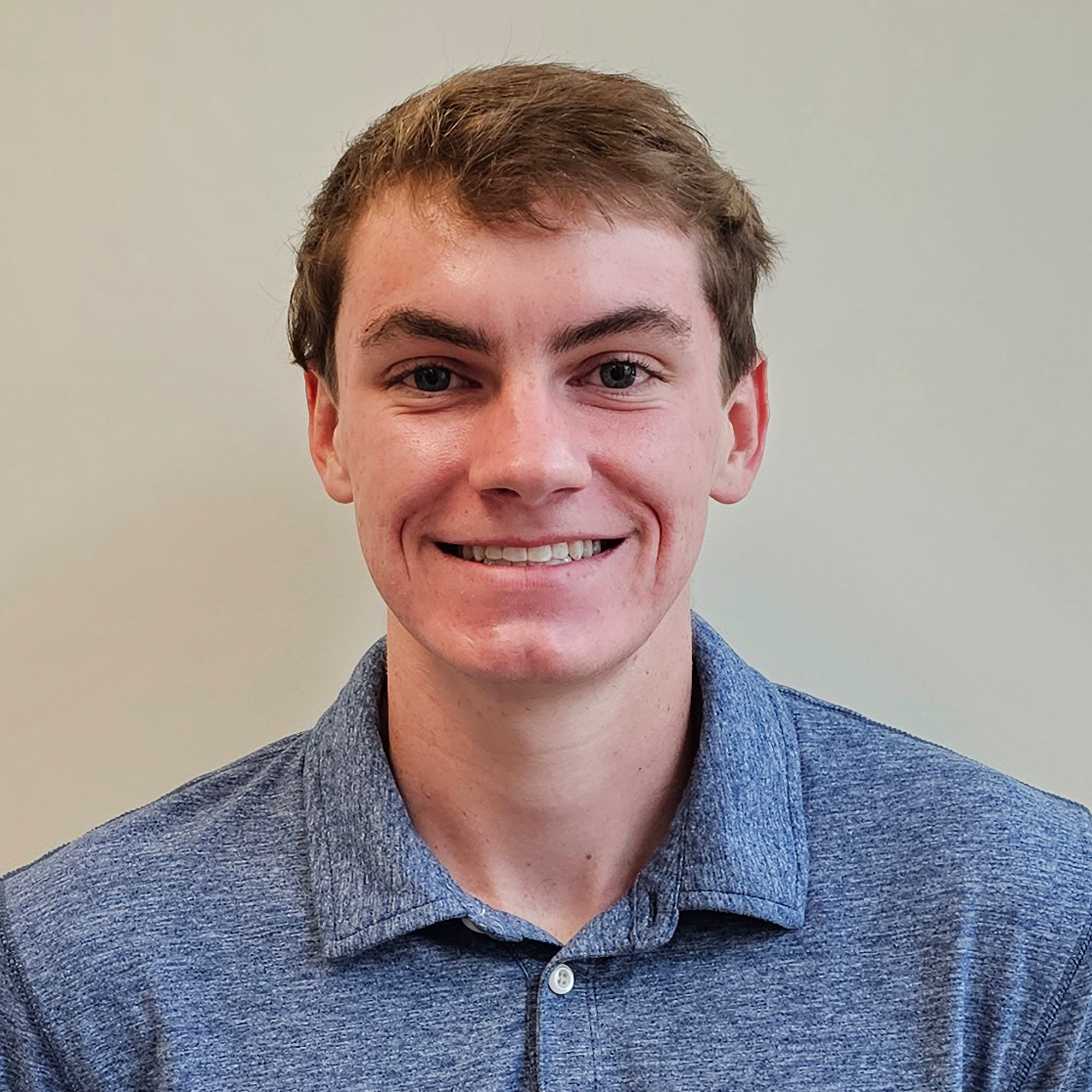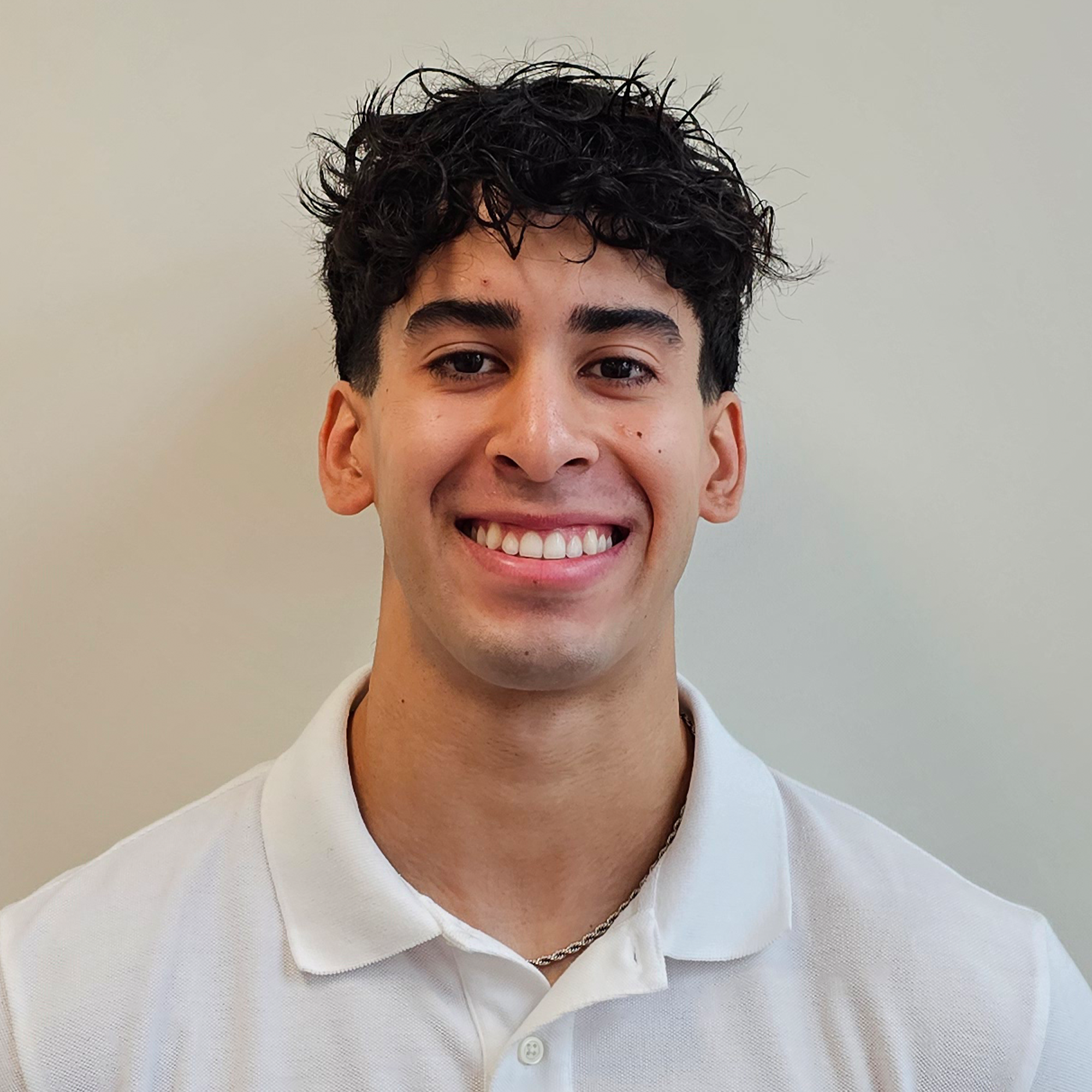About UVC Light.
Far-UVC and traditional UVC cleans the air exposed to the light; dramatically increasing air health in our shared spaces.

About UVC Light.
Far-UVC and traditional UVC cleans the air exposed to the light; dramatically increasing air health in our shared spaces.
An Intro to
UVC & Far-UVC Light
Ultraviolet (UV) light ranges between 400-100nm in wavelength. While most people are familiar with UVA and UVB due to their association with the sun’s rays, UVC has rapidly grown in awareness since the pandemic due to its incredible ability to inactivate pathogens rapidly and effectively.
UVC is most commonly used commercially for food and water sterilization, as well as sterilization of air, tools, and equipment for hospitals.
Commercial UVC can be broken down into traditional UVC (Low Pressure Mercury and LEDs emitting 230-280nm) and Far-UVC (Krypton Chlorine excimer emitting 222nm). While both UVC and Far-UVC are effective against gram negative, gram positive, and antibiotic resistant bacteria, as well as both enveloped and non-enveloped viruses, they differ in the risk to humans. Traditional UVC penetrates into skin and causes skin irritations, limiting its use to unoccupied rooms, contained situations, or upper room germicidal systems where people are not directly exposed to it. Far-UVC has a shorter penetration depth, allowing for wider use.
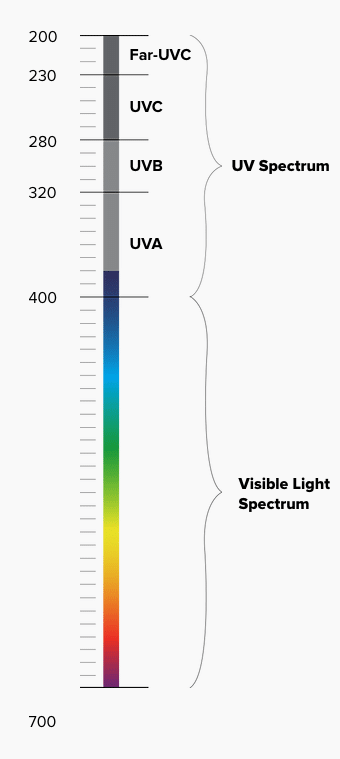
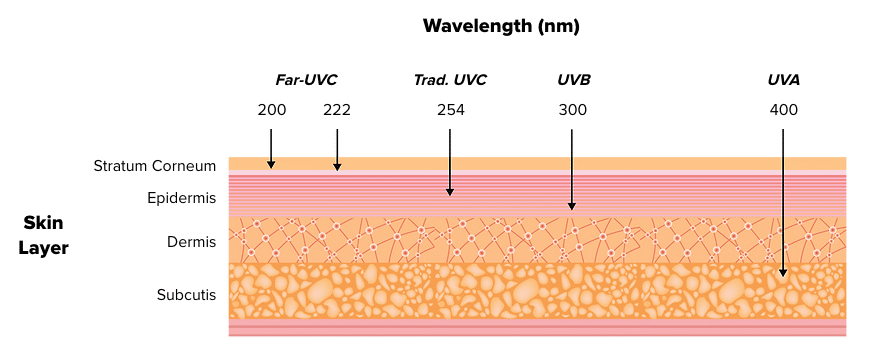
Far-UVC Light
Safety
The safety of UV light on skin is dependent on the wavelength and light intensity. The more UV light you receive, the greater the risk of skin damage. But this risk is proportional to the wavelength of the UV light as well. The shorter the wavelength, the safer for human skin. This is because shorter wavelengths do not travel through skin as well as long wavelengths.
Far-UVC, the shortest wavelength we’ve discussed, is unable to penetrate the tear layer of our eyes or the dead skin layer, also called the Stratum Corneum. Far-UVC is scattered or absorbed by these peripheral layers and shield the living tissue below, rendering it safe for human eyes and skin. This difference allows for greater ability to clean occupied spaces.
Today, most UV cleaning systems are contained in air ducts, within boxes, used only in unoccupied spaces, or are shined at ceilings so that the higher, cheaper to produce wavelengths can be used. Small spaces such as bathrooms and elevators are difficult to clean due to lack of airflow, renewing pathogen sources, and concerning surface contamination. Human safe Far-UVC is the ideal solution for these difficult, insufficiently ventilated, high traffic spaces.
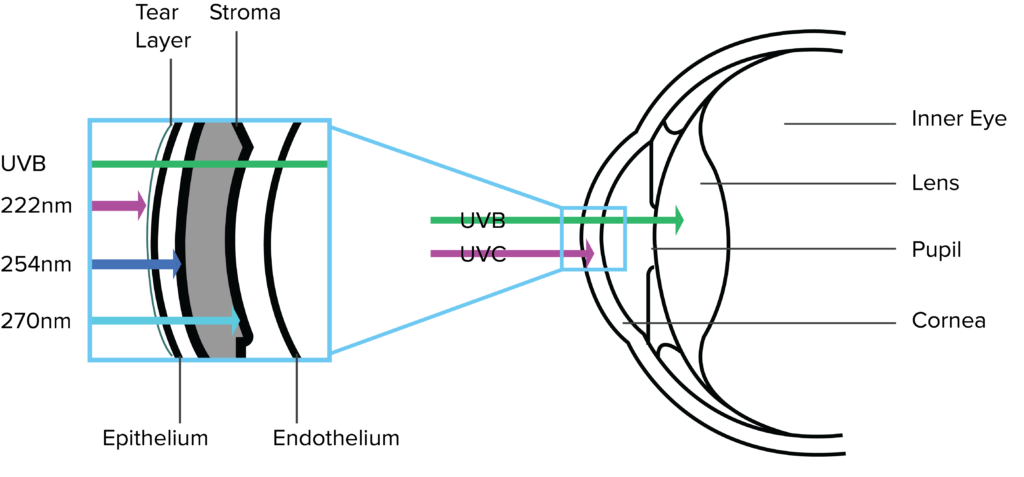
Far-UVC Light
Effectiveness
Example of Far-UVC on Microbes
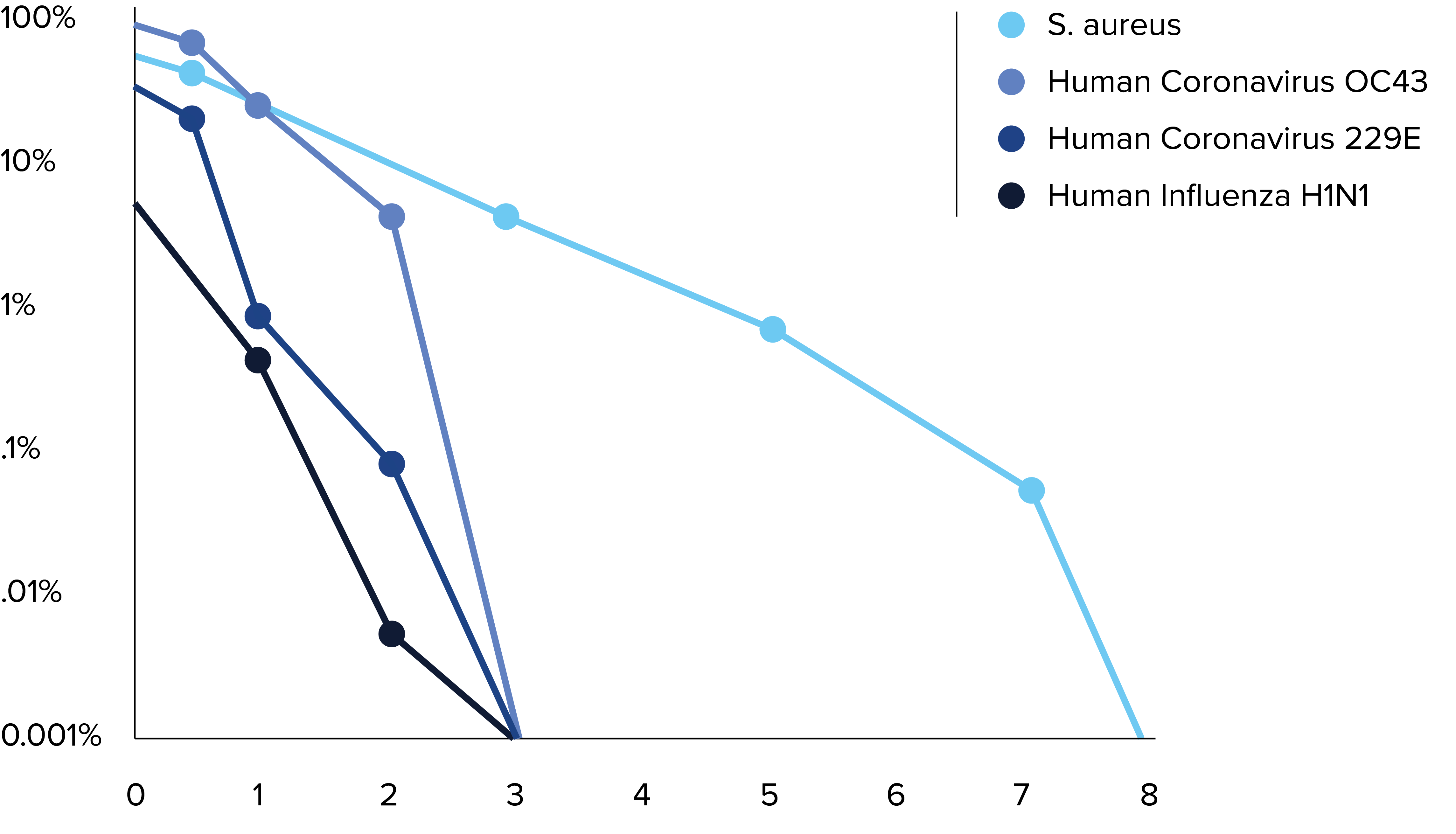
Why We Need
Far-UVC Light
Far-UVC light is able to kill bacteria, viruses, molds, and spores in the same fashion as traditional UVGI. Far-UVC and traditional UVC cleans all the air exposed to the light, dramatically increasing the air cleanliness of our shared spaces. The greatest advantage of Far-UVC is the ability to shine its light downwards in occupied rooms safely.
Numerous research studies show Far-UVC is as effective at inactivating infectious contaminants as traditional UVC, without the health risk to skin and eyes. By introducing Visium™ to any existing mitigation process, indoor air can be cleaned more rapidly and efficiently without any harm to the occupants.
Citations
2) Far UVC Efficacy and Safety- Hessling, M., Haag, R., Sieber, N., and Vatter, P. (2021). The impact of far-UVC radiation (200-230 nm) on pathogens, cells, skin, and eyes – a collection and analysis of a hundred years of data. GMS hygiene and infection control, 16, Doc07. https://doi.org/10.3205/dgkh000378

